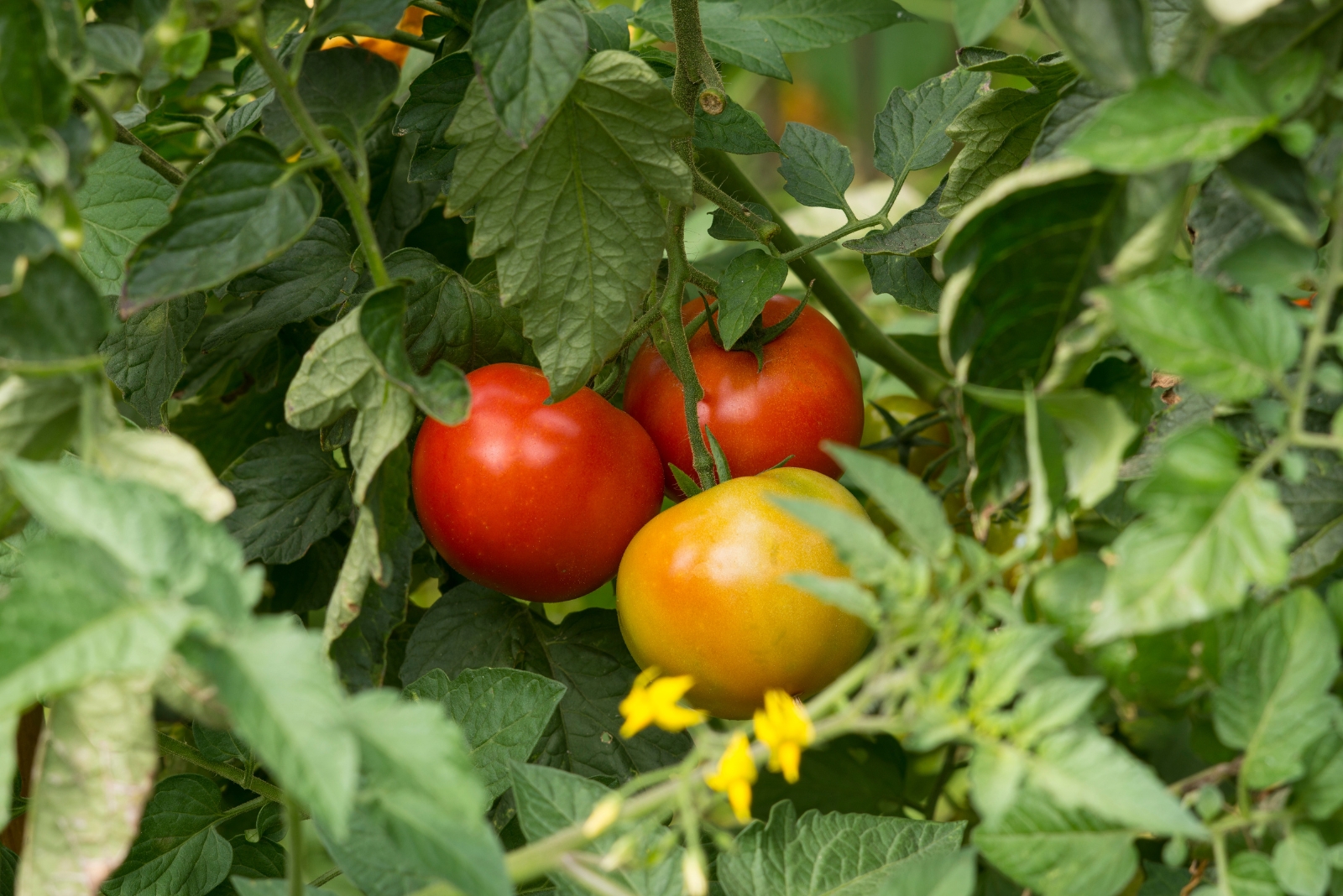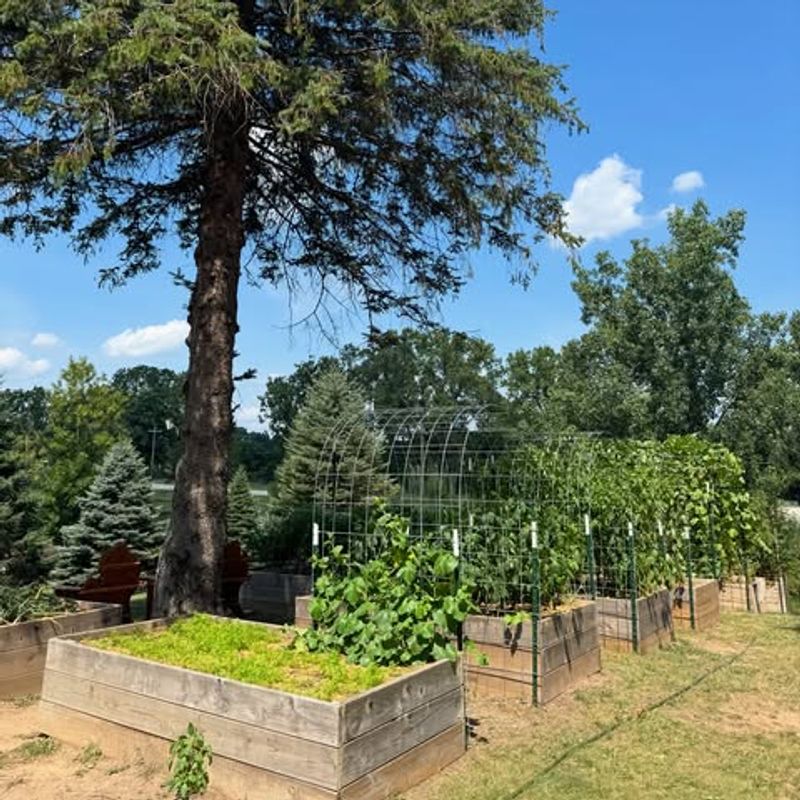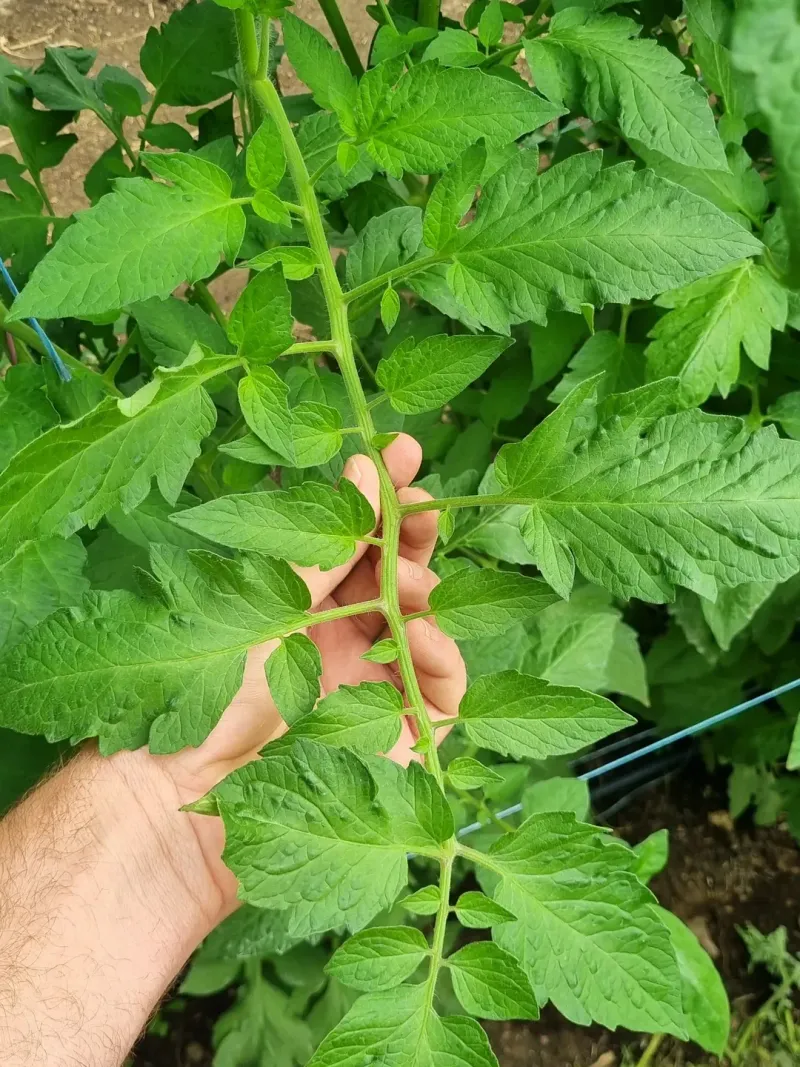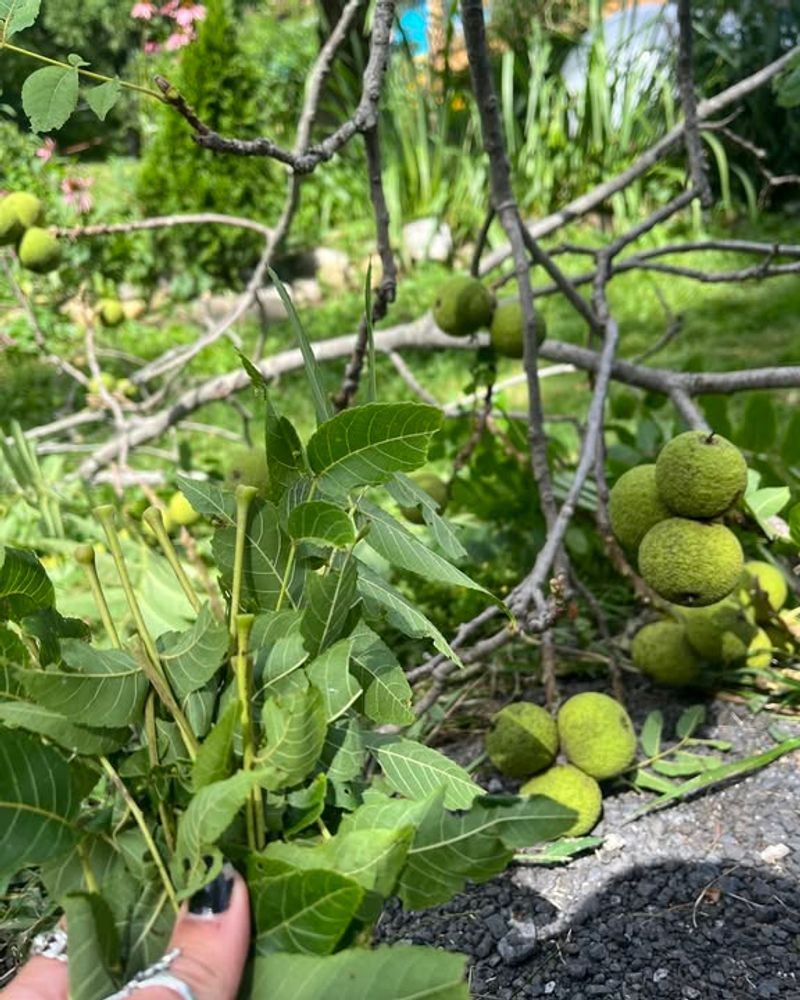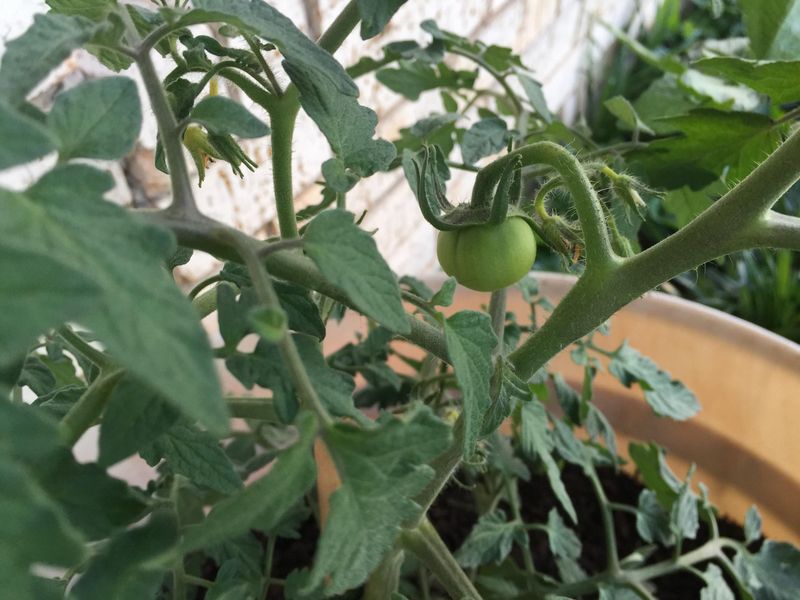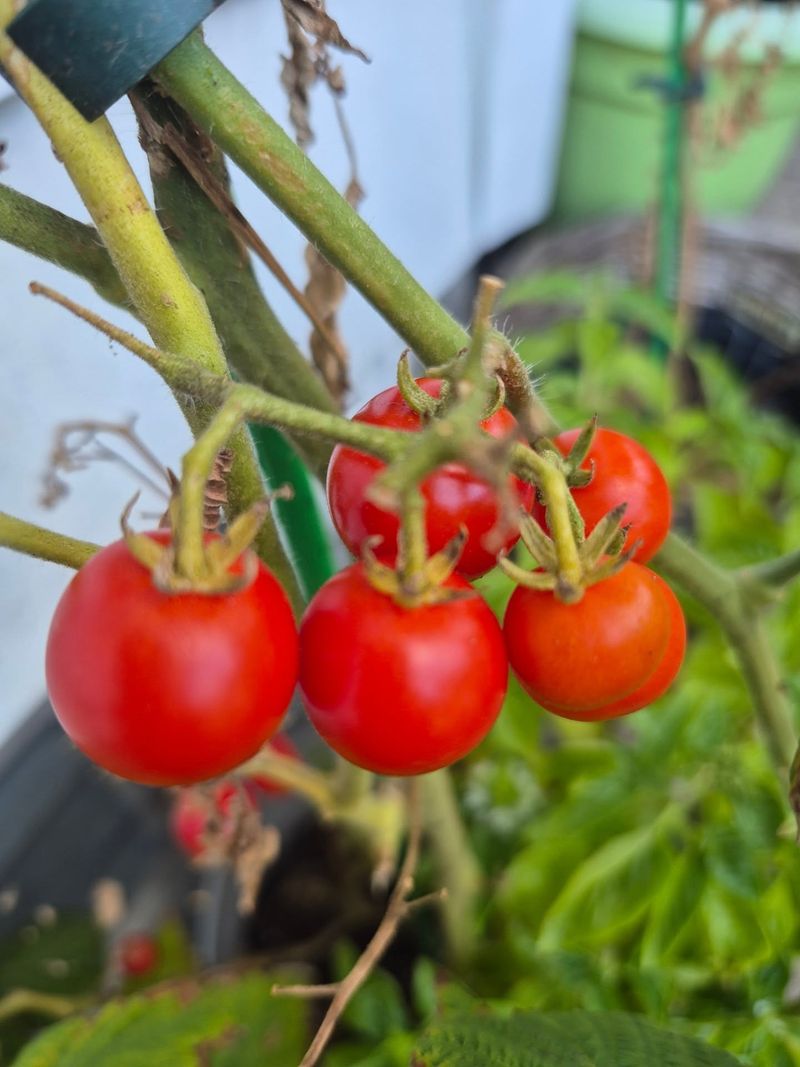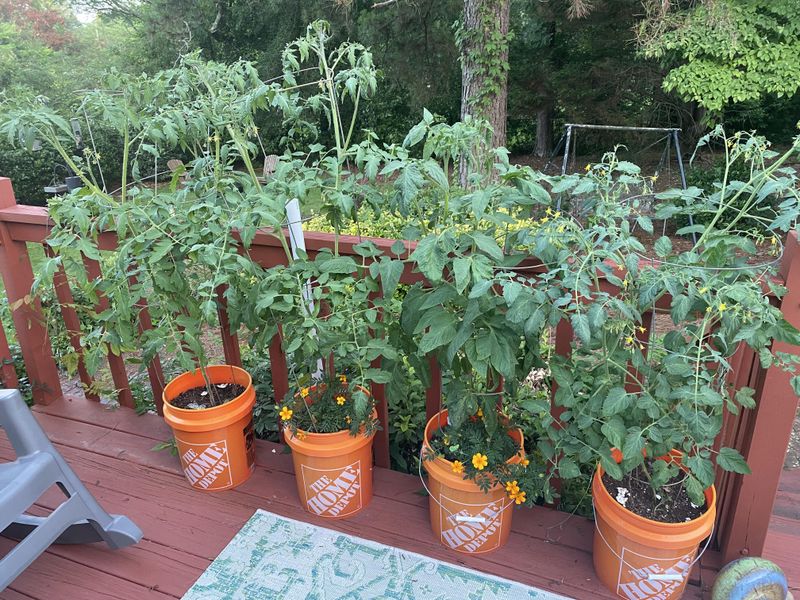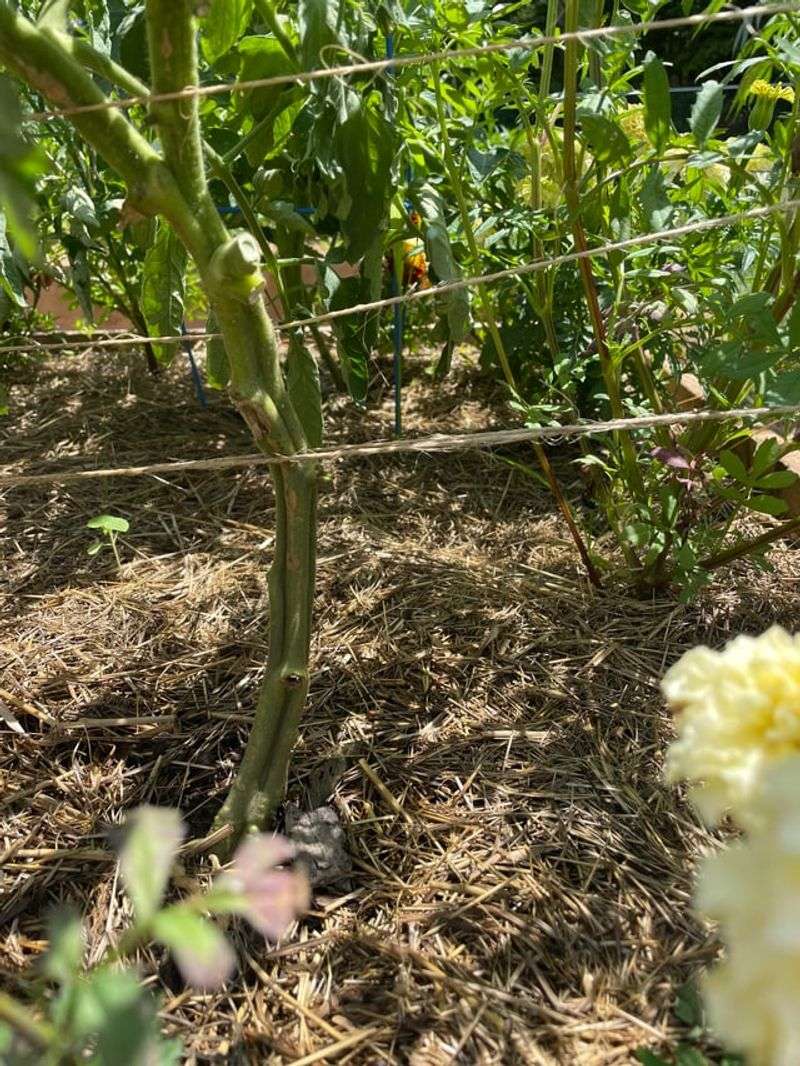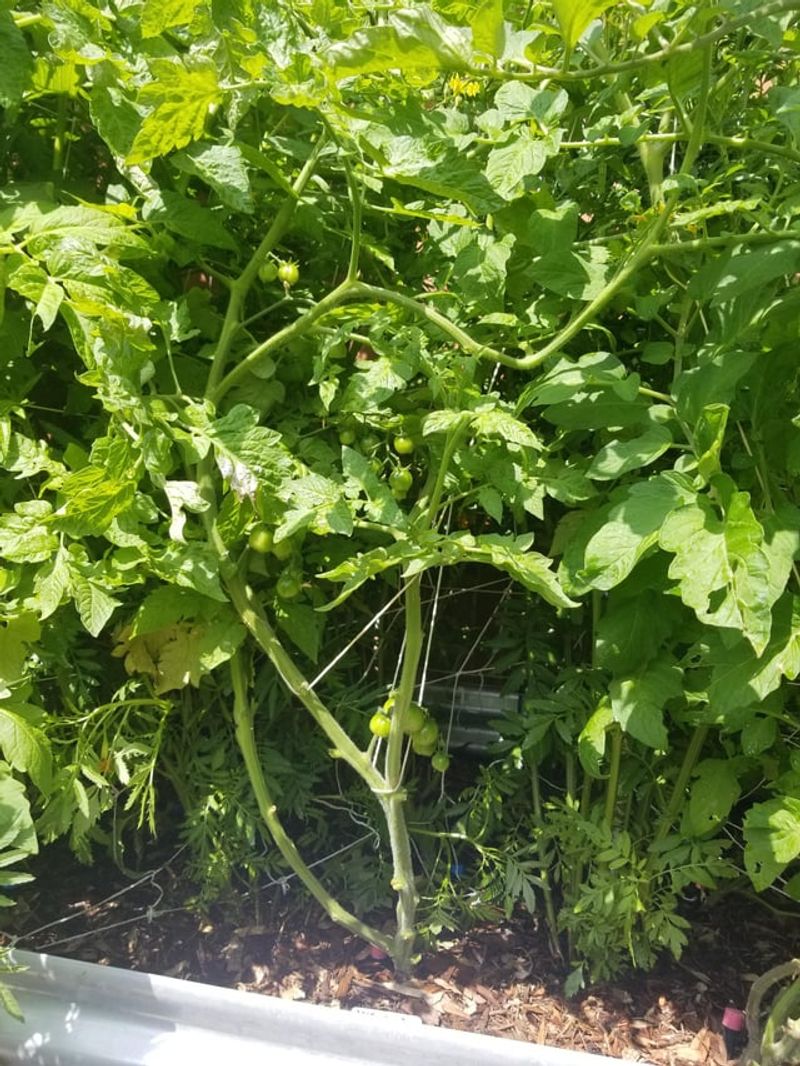I’ve learned the hard way that tomatoes in Minnesota can be a little dramatic about where they’re planted. One wrong spot and they’ll sulk, stall, or completely refuse to produce a single juicy fruit.
After a few seasons of trial and error, I started noticing which locations caused the most trouble. Once you know the common problem areas, growing great tomatoes gets a whole lot easier.
1. Shaded Areas Under Trees
Tomatoes are sun-loving plants that need at least six to eight hours of direct sunlight daily. Planting them beneath trees or in heavily shaded spots will stunt their growth and reduce fruit production significantly.
Minnesota gardeners often make the mistake of tucking tomatoes into shady corners, thinking they’ll still grow. Unfortunately, without adequate sunlight, your plants will become leggy and weak. Choose open, sunny locations instead for the best harvest results.
2. Low-Lying Wet Areas
Waterlogged soil is a tomato plant’s worst nightmare. Low spots where water collects after rain create perfect conditions for root rot and fungal diseases that can kill your plants quickly.
In Minnesota, spring rains and unpredictable weather patterns make drainage even more critical. Your tomatoes need well-draining soil to develop strong root systems. If you notice puddles forming in certain areas of your garden, avoid planting tomatoes there and consider raised beds as a smart alternative.
3. Near Black Walnut Trees
Black walnut trees produce a chemical called juglone that’s toxic to tomatoes and many other plants. Even if the tree is several yards away, its roots can extend far underground and poison your garden soil.
Many Minnesota properties have these beautiful trees, but they’re incompatible with tomato growing. Symptoms of juglone poisoning include yellowing leaves, wilting, and eventual plant death. Keep your tomato patch at least 50 feet away from any black walnut trees for safety.
4. Windy, Exposed Locations
Strong winds can snap tomato stems, tear leaves, and knock developing fruits to the ground. Exposed hilltops or open areas without windbreaks leave your plants vulnerable to Minnesota’s sometimes harsh weather conditions.
Wind also dries out soil faster, meaning you’ll need to water more frequently. Consider planting near fences, buildings, or hedges that provide natural protection. Staking and caging your tomatoes becomes even more important in breezy spots to prevent damage throughout the growing season.
5. Spots Where Nightshades Grew Last Year
Crop rotation matters because tomatoes, peppers, eggplants, and potatoes all belong to the nightshade family. They share the same diseases and deplete similar nutrients from the soil when planted in the same location year after year.
Minnesota gardeners should rotate their tomato planting spots every season to maintain soil health. Diseases like verticillium wilt can survive in soil over winter and infect new plants. Wait at least three years before planting tomatoes in the same spot again for optimal results.
6. Against North-Facing Walls
North-facing walls receive minimal direct sunlight throughout the day, creating cool, shady conditions that tomatoes absolutely hate. Your plants will stretch toward the light, becoming weak and producing few fruits.
Minnesota’s shorter growing season makes every bit of sunshine count. South-facing walls are ideal because they reflect heat and light back onto plants, extending the growing season. If your only garden space faces north, consider container gardening in a sunnier location instead for much better tomato production.
7. Heavy Clay Soil Areas
Clay soil stays wet too long after rain and becomes rock-hard when dry, making it nearly impossible for tomato roots to spread and breathe properly. Poor drainage leads to root diseases and nutrient deficiencies that weaken plants.
Many Minnesota yards have clay-heavy soil that needs serious improvement before tomatoes will thrive. Amend clay areas heavily with compost and organic matter, or build raised beds filled with quality garden soil. Your tomatoes need loose, crumbly soil to develop strong root systems and produce abundantly.
8. Too Close to Competing Plants
Crowding tomatoes near other large plants creates competition for sunlight, water, and nutrients. Vegetables like squash, cucumbers, and corn can quickly overshadow tomatoes, reducing air circulation and increasing disease risk.
Minnesota gardeners with limited space often plant too densely, hurting overall garden productivity. Tomatoes need about two to three feet of space between plants for proper growth. Good spacing allows air to flow freely, reducing fungal problems common in the state’s humid summers while ensuring each plant gets adequate resources.

